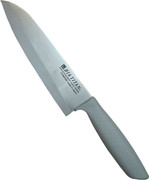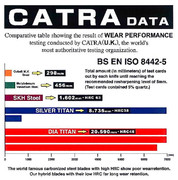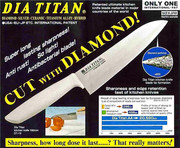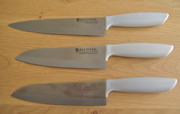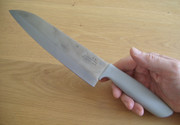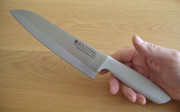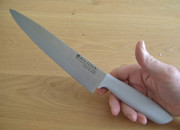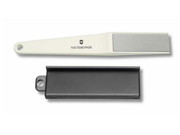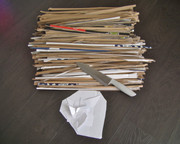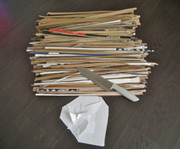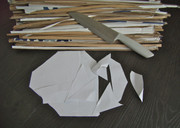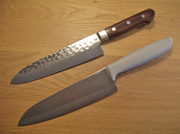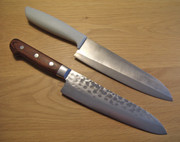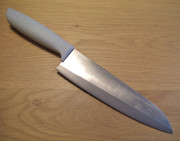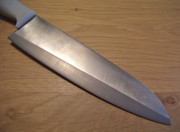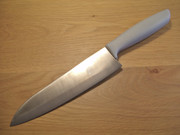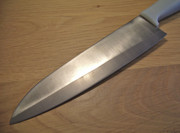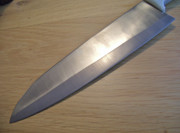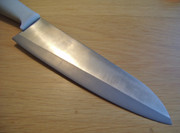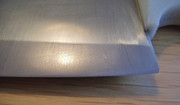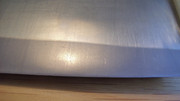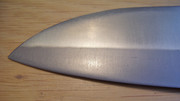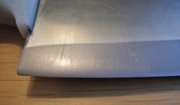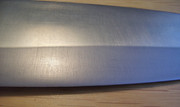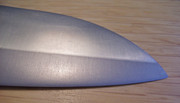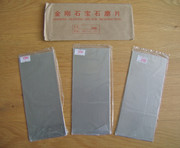In the past i did 2 reviews on different Forever kitchen knives, 1 x ceramic, and 1 x titanium hybrid, both for myself and forum members to enjoy on various international knife forums.
A few weeks ago i decided to send the links to those reviews to Forever head quarters in Japan to see if i would get a reaction or not.
To my surprise i was contacted a few days later by a friendly Englishman, who told me that they had read my reviews with interest and we got to talk a bit about their products.
Well, to make a long story even longer he offered to send me several Forever knives as samples and told me that i could use any of them how i'd think best, and that he hoped this would be somehow beneficial for them as a company (Forever is still a virtual unknown in the Netherlands and no shops carry their knives.)
Just before my hodliday i received the package, and in it were several Diamond Titanium knives (as well as some ceramic cutlery items, but this thread is solely about the Diamond Titanium models)
These pics i've taken from the internet:

